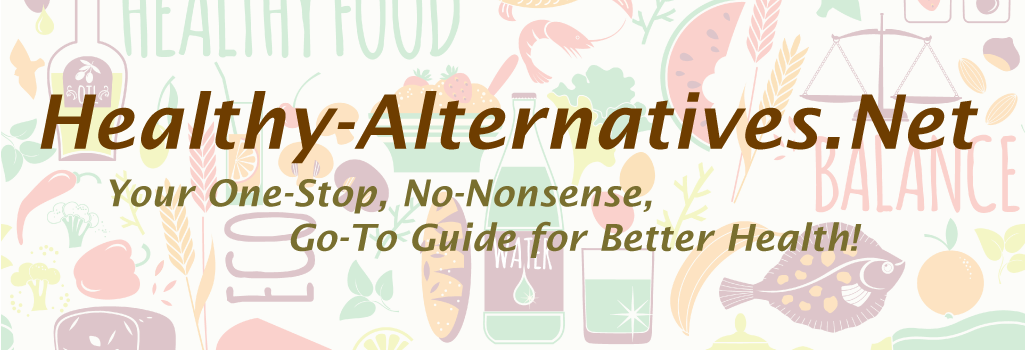There are approximately 400 different active pesticide ingredients used in 7,600 different pesticide products registered for use in Canada and regulated by Health Canada, an institute filled with spin-doctors who cover up the truth.
Look for EcoLogo labels that certify environment-friendly products
Aminotriazole is a herbicide found on cranberry crops.
Bisphenol A is a coating inside metal food cans, look for cans that state “Non-BPA lining”
Fabrics: use 100% unbleached organic cotton, hemp, linen or wool.
Flame Retardands: PDBE’s (Polybrominated Diphenyl Ethers) affect thyroid function
Glyphosate (Monsanto’s “Roundup”): GMO’s are created to tolerate this herbicide and include: corn, soy, canola, wheat, barley & oats. So be sure to choose “organic” when purchasing these items. The International Agency for Cancer Research (IARC) has confirmed that glyphosate causes cancer.
Microbeads (Microplastics), listed as “Polyethylene” or “Polypropylene”: found in cosmetics to add a gritty texture and damaging to wildlife, the environment and human health. Avoid products containing these, instead look for: oatmeal, walnut shells, apricot seeds, powdered pecan shells, bamboo, baking soda & sea salt as alternative abrasives.
Phtalates are found in toys, air fresheners, nail polish, shampoo, perfume, deodorant, soap & household cleaners.
Polybrominated Diphenyl Ethers: PDBE’s are flame retardands applied to a multitude of household items which affect thyroid function. TCEP [tris (2 chloroethyl) phosphate] is also a flame retardant found in furniture which Health Canada declared to be carcinogenic & may impair fertility.
Triclosan is rampant in body care products and the negative effects include:
- it accumulates in human fatty tissues
- it causes hormone disruption
- it disrupts normal sexual & reproductive development in women
- it stimulates ovarian cancer growth
The Canadian Medical Association has called for a ban on antibacterial consumer products since 2009 but Health Canada says although Triclosan is harmful to the environment, it is not harmful to humans!
More chemicals that harm: Imidazolidinyl Urea, Formaldehyde, Trichloroethylene, Benzene, Xylene, Toluene, DMDM hydantoin, Diazolidinyl Urea, Methenamine & Quaternium-15
Also avoid chlorine bleach, ammonia, sodium laureth sulphate, ethoxylated alcohols & fragrance, coal tar dyes, DEA, MEA & TEA in deodorants, Parabens, parfum or fragrance, PEG compounds, petroleum, siloxanes, triclosan
Avoid #3 & #7 Plastic containers
Health Canada’s info cannot be trusted. Check out Meg Sears, PhD, who is an Ottawa-based environmental health researcher & chair of “Prevent Cancer Now”
Also, you can check out “The Human Experiment” for more information on this topic as well as the various posts listed under “Planetary Health” in the Vertical Menu

